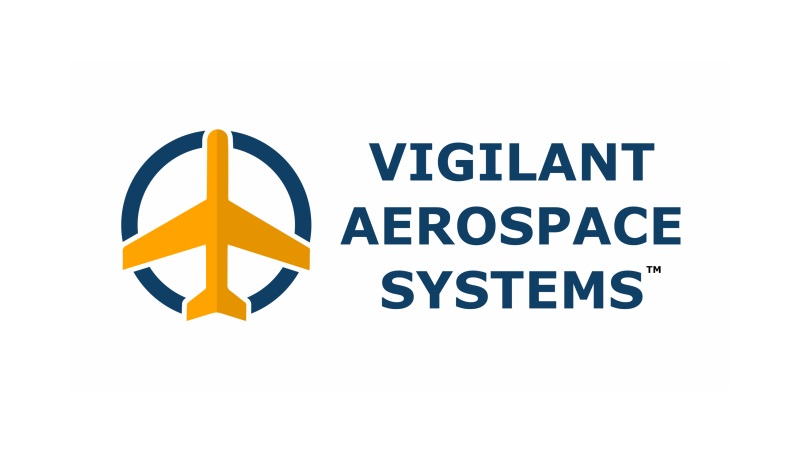Vigilant Aerospace Systems’ FlightHorizonX detect-and-avoid and airspace management system is actively being used in new round of supersonic flight tests conducted by NASA with the agency’s F/A-18 research aircraft.
 Bob Hunte, an engineer at Applied Physical Sciences calibrates Corp. of Groton, Connecticut, calibrates one of several microphones used for Waveforms and Sonic boom Perception and Response Risk Reduction, or WSPRRR, which advanced technology for gathering community response to sonic booms. The Quiet Supersonic Flights 2018 series will include the use of similar microphone technology to gather data on the acoustic signatures of the quieter “thumps” produced by a NASA F/A-18 during a special dive maneuver.Credits: NASA / Lauren Hughes
Bob Hunte, an engineer at Applied Physical Sciences calibrates Corp. of Groton, Connecticut, calibrates one of several microphones used for Waveforms and Sonic boom Perception and Response Risk Reduction, or WSPRRR, which advanced technology for gathering community response to sonic booms. The Quiet Supersonic Flights 2018 series will include the use of similar microphone technology to gather data on the acoustic signatures of the quieter “thumps” produced by a NASA F/A-18 during a special dive maneuver.Credits: NASA / Lauren Hughes
These flights are part of the “Quiet Supersonic Flights 2018” (QSF18) flight testing series conducted as a joint effort between NASA Armstrong Flight Research Center in Edwards, California, Langley Research Center in Virginia, and Johnson Space Center in Texas. The final series of flights in this round of testing are planned for November 2018 near the Galveston, Texas area.
NASA is actively using FlightHorizonX, a version of FlightHorizon GCS modified to support enhanced ADS-B transponders designed for supersonic aircraft and spacecraft tracking, in the QSF18 flight tests to track and log the F/A-18 aircraft flight data in real-time.
During on-board flights, FlightHorizon was loaded onto a Getac T800 android tablet and strapped to the pilot’s leg with an antenna running up the pilot’s flight suit and connected to the name badge.
[insert comment from KLE here]
“We’re going to develop the capability to fly across the United States twice as fast as we’ve ever been able to fly before without creating a very loud sonic boom. There will be a sonic boom,” said NASA Administrator Jim Bridenstine from the cockpit of NASA’s F-18, “not a sonic boom so much, but maybe a sonic thump or a sonic rumble. In order to do that, we’re going to get the public involved in our research methodology.
“Most of the sonic boom is going to go out over the ocean – over the Gulf of Mexico. But, a portion of the sonic boom is actually going to hit the town of Galveston, where we’re going to have respondents that can give us data in a survey to tell us, ultimately,
“We’re going to be able to create a regulatory environment. We [can] use that data to inform the regulators, not only domestically but also internationally, so that standards can be developed and this capability can be commercialized transforming the way we travel across the United States and, in fact, across the world. So,
“where the sonic thump or sonic rumble is sufficiently low […] enough to be able to fly across the.. faster than we’ve ever been able to do it before.
In November, NASA will use the F/A-18 research aircraft to perform a unique dive maneuver to produce a sound similar to a softer “thump” than typically associated with a supersonic flight. The flights will be tracked using FlightHorizonX and NASA’s enhanced ADS-B transponder, which will monitor the airspace and record flight data.
According to the most recent NASA press release, the goal of the QSF18 flight tests is to “study techniques for obtaining accurate community response data, using surveys, to the reduced sounds of supersonic flight over a community that is relatively unfamiliar with these sounds.”
These flights will serve as an opportunity for community response to the low-boom supersonic flights and to test the enhanced ADS-B transponder, which will be used in future flight tests with the Low-Boom Flight Demonstrator aircraft (LBFD) in flights over numerous communities in the U.S. as early as 2022.
“This flight campaign will help NASA determine the best way to collect community response data for future supersonic flights, once NASA’s LBFD aircraft is ready to fly” NASA commented in the initial QSF18 press release.

A NASA engineer monitors data using FlightHorizon before flights of agency F-18 jets to measure the effects of sonic booms.
Credit: NASA/Bill White
Community responses from the LBFD flight tests are expected to provide more supporting data to help set noise standards for supersonic flight over land.
According to Matt Kamlet, NASA Aeronautics Public Affairs Specialist, the final QSF18 flight tests will be conducted with the F/A-18 flying in an oval pattern offshore of Galveston, TX where the aircraft will “dive from approximately 49,000 feet and briefly go supersonic, before recovering to level flight at approximately 30,000 feet. This type of dive produces a sonic boom in such a way that the sound is perceived in a specific area as a quieter ‘thump’, similar to the predicted sound signature of LBFD. NASA also will operate audio sensors in the area to measure the acoustic levels of this sound” (1).
Previously, NASA has used FlightHorizon detect-and-avoid and airspace management in the SonicBAT sonic-boom flight tests in Florida and ND-MAX flight tests in Germany for flight data logging and aircraft formation monitoring. Read more about FlightHorizon in NASA flight operations.
For more information on the NASA Quiet Supersonic Flights 2018 (QSF18), visit www.NASA.gov/QSF18.
NASA reference articles:
- “NASA Announces Quiet Supersonic Flight Series to Validate Community Response Technique.” NASA.gov; 17 April 2018.
- “NASA to Announce Quiet Supersonic Research Flights in Galveston.” NASA.gov; 12 April 2018.
- “NASA Prepares to Go Public with Quiet Supersonic Tech.” NASA.gov; 29 June 2018.
- “NASA’s Experimental Supersonic Aircraft Now Known as X-59 QueSST.” NASA.gov; 27 June 2018.

